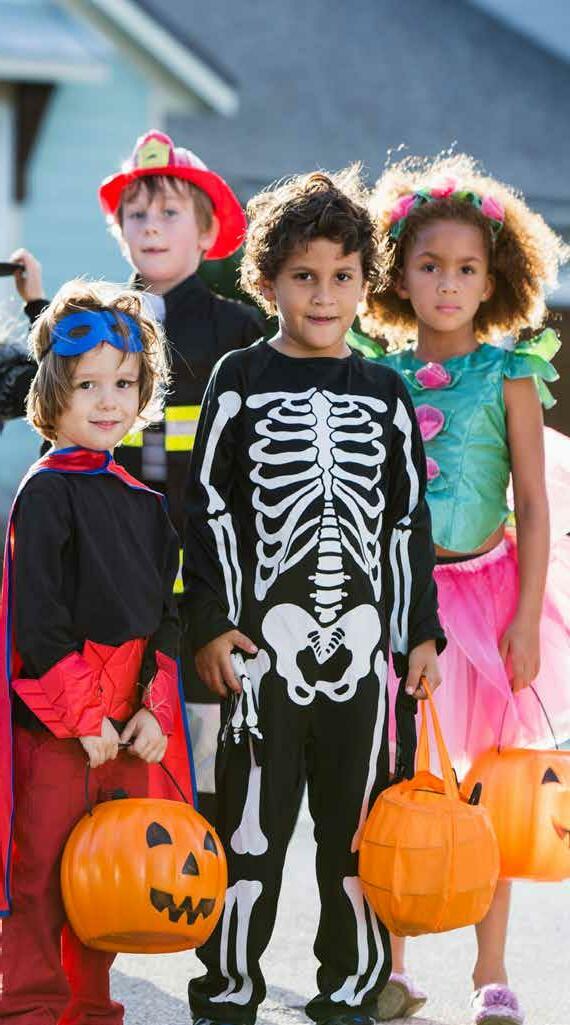
3 minute read
There’s nothing spooky about bones
Did you know there are typically around
in human infants,
which fuse together to become the ...
in human adults?
The reason for the variability in the number of adult bones is because some humans may have a varying number of ribs, vertebrae and digits.
There’s nothing spooky about bones.
You may think of bones as simply the framework for your body, but they play many important roles in keeping you healthy:
Support the body Store and release minerals Facilitate movement
Store and release fat Protect internal organs
How bones are made
Your body needs the minerals calcium and phosphate to make and keep healthy bones. During your life, your body continues to both reabsorb old bone and create new bone. Your entire skeleton is replaced about every
10 years, though this process slows as you get older.
As long as your body has a good balance of new and old bone, your bones stay healthy and strong.
Broken bones
If more pressure is put on a bone than it can stand,
it will split or break. A break of any size is called a fracture. If the broken bone punctures the skin, it is called an open fracture (compound fracture). A stress fracture is a break in the bone that develops because of repeated or prolonged forces against the bone. The repeated stress weakens the bone until it finally breaks.
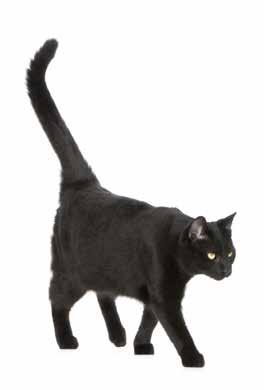
Produce blood cells
Cats have about
A cat's skeleton is similar to the human skeleton. The cat has more bones, but many are identical to those in humans.
Now that's spooky!

make up about
of an adult’s body weight
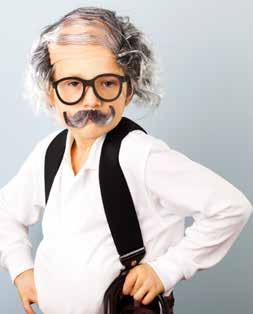
Bone loss occurs when more old bone is reabsorbed than
new bone is created. Sometimes bone loss occurs without any known cause. Other times, bone loss and thin bones run in families and the disease is inherited. Some bone loss with aging is normal for everyone.
In general, white, older women are the most likely to have bone loss. This increases their risk of breaking a bone.
Osteoporosis (weak bones)
Osteoporosis is a disease that causes bones to become brittle and more likely
to break. With osteoporosis, the bones lose density. Bone density is the amount of calcified bone tissue that’s in your bones. A diagnosis of osteoporosis means you are at risk for bone fractures, even with everyday activities or minor accidents or falls.
Women over age 50 and men over age 70 have a higher risk for osteoporosis than younger women and men.
For women, a drop in estrogen at the time of menopause is a major cause of bone loss. For men, a drop in testosterone as they age can cause bone loss.
In the U.S., osteoporosis is present in about 1 in 3 women ages 65 or older, as compared to 1 in 17 men of the same age.
Keys to good
There are certain common health habits everyone should adopt that also help maintain healthy bones:
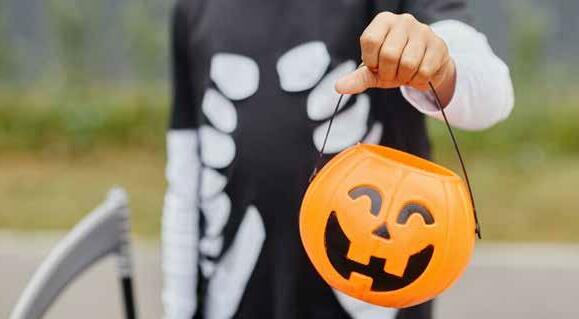
Make healthy food choices.
Your bones need a variety of nutrients, including calcium and vitamin D.
Along with calcium, vitamin D helps to decrease the loss of bone and lower the risk for fractures. Protein, magnesium, phosphorous and potassium also play a role in bone health.
Drink plenty of water.
Your bones are about 30% water.
Water helps lubricate joints, rids your bones of toxins, and helps bring calcium and other nutrients to your bones.
Get regular exercise.
A routine of weight-bearing activity, such as walking, running, climbing stairs or even dancing, helps to build and maintain strong
bones. Combine your weight-bearing activity with strength training for the muscles in your upper body and spine. In addition, consider adding balance exercises to help reduce your risk of falling. This is especially important for older adults.
If you smoke, quit.
Smoking affects the body’s ability to
absorb calcium, and nicotine slows the production of bone-forming cells.
Limit how much alcohol you drink.
Too much alcohol can damage your
bones and raise your risk of falling and breaking a bone.
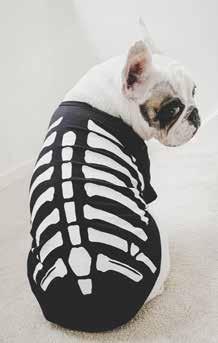
Dogs have about
depending on the length of the tail. The number varies due to extra teeth and vertebrae.



